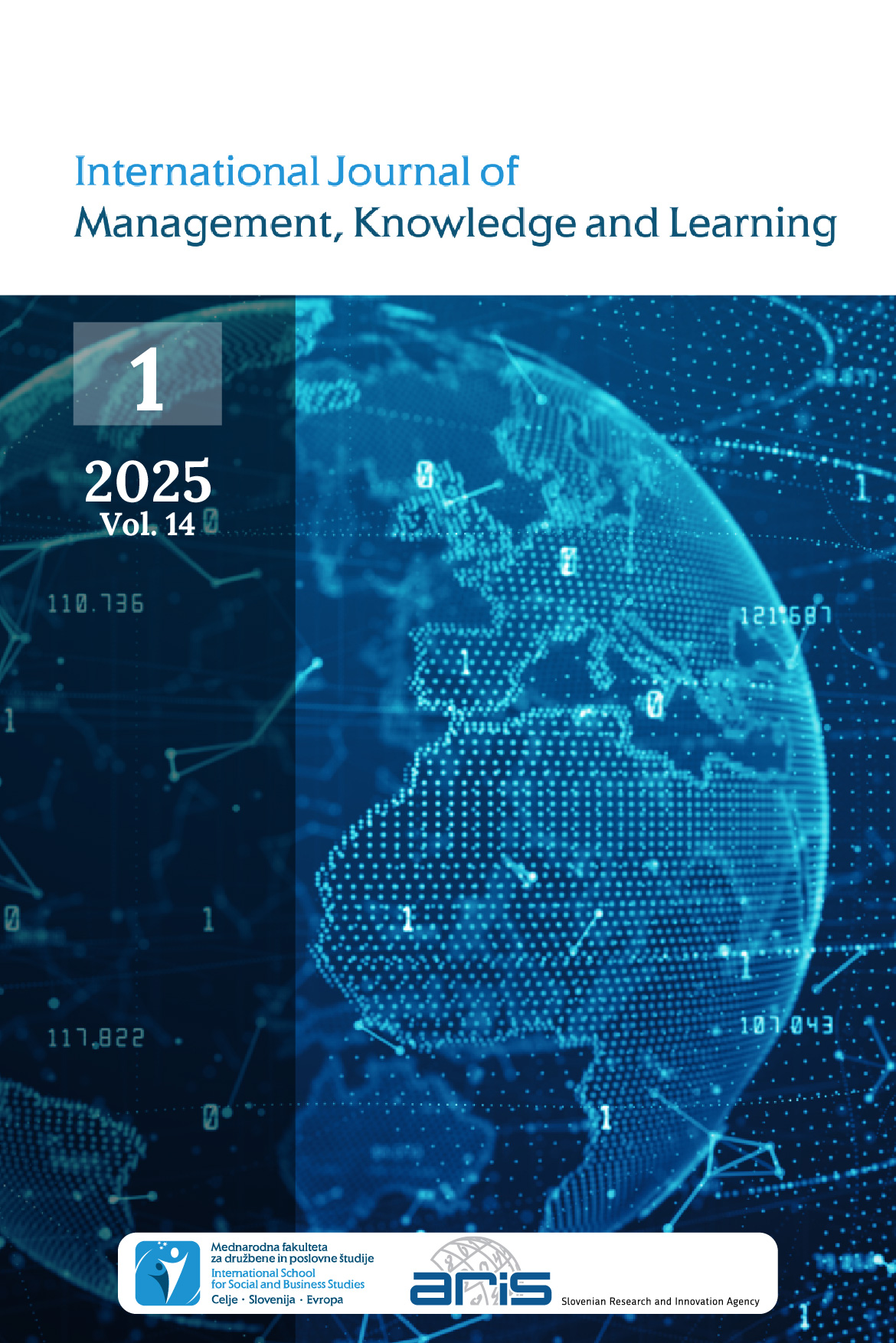Transitioning to a Cashless Economy: Drivers and Inhibitors of Electronic Payment System Adoption among Micro, Small, and Medium Enterprises
DOI:
https://doi.org/10.53615/2232-5697.14.161-178Keywords:
Cashless Economy, Electronic Payment System, SMESAbstract
Purpose: This study investigates the adoption of electronic payment systems among Micro, Small, and Medium Enterprises (MSMEs) in Koronadal City, focusing on identifying the drivers and inhibitors influencing this shift toward a cashless economy.
Study design/methodology/approach: The research employs a descriptive multivariate correlational design, surveying 351 registered MSMEs across various sectors in Koronadal City. Data were collected using a structured questionnaire validated for reliability and analyzed using multiple linear regression to determine significant predictors of electronic payment adoption.
Findings: The results reveal a low adoption rate of electronic payment systems, with cash transactions remaining dominant. Key drivers include customer demand, internet accessibility, digital infrastructure, and government incentives, while perceived security concerns act as significant inhibitors. The regression model explains 68.4% of the variance in adoption levels, highlighting customer demand as the most significant predictor.
Originality/value: This study provides critical insights into the unique challenges and opportunities faced by MSMEs in smaller cities transitioning to digital payments. The findings contribute to the discourse on financial inclusion and digital transformation, offering actionable recommendations for policymakers, financial institutions, and MSMEs to address barriers and promote adoption in regional contexts.
Downloads
Downloads
Published
License
Copyright (c) 2025 Jayson Diaz

This work is licensed under a Creative Commons Attribution-ShareAlike 4.0 International License.
















